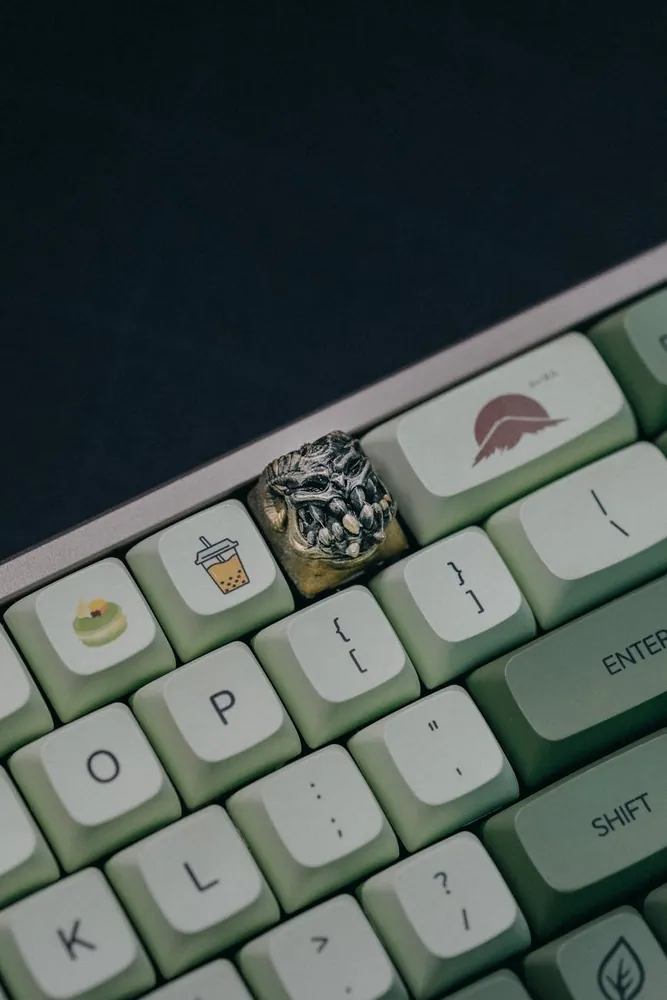A comprehensive approach to building your unique gaming input device

Understanding Your Gaming Style
Before diving into the technical aspects of building a custom gaming controller, it is crucial to understand your gaming preferences. Are you an avid FPS player who values precision and speed? Or perhaps you enjoy racing games and need a controller that offers superior analog stick performance? Defining these preferences will guide your design choices and the components you choose to integrate.

Consider creating a list of features that are important to you. For example:
- Responsive buttons for rapid input
- Ergonomic design for long sessions
- Customizable button mapping
- Durable materials for longevity
- Haptic feedback for an immersive experience
Gathering the Necessary Tools and Components
To embark on this DIY project, you will need to gather both tools and components. Here’s a checklist to get you started:
Tools Required
- Screwdrivers (Phillips and flathead)
- Soldering iron and solder
- Wire cutters and strippers
- Multimeter for testing circuits
- 3D printer (optional, for custom parts)
- Hot glue gun for securing components
Components Needed
- Microcontroller (such as Arduino or Raspberry Pi Pico)
- Tactile switches for buttons
- Analog sticks or potentiometers for joystick input
- Wires and connectors for internal wiring
- PCB board for mounting components
- Enclosure or shell (3D printed or from an existing controller)
Designing the Layout
The layout of your controller can significantly impact your gaming experience. Use graph paper or design software to sketch a rough layout of where each component will be placed. Keep ergonomics in mind—buttons should be easily reachable, and joystick placement should feel natural.
If you’re using a 3D printer, consider designing a custom enclosure that fits your hand size and grip style. This will allow you to create an ergonomic design tailored specifically to you.
Assembling the Controller: Step-by-Step Instructions
Step 1: Prepare the Shell
If you are repurposing an existing controller shell, disassemble it using screwdrivers. Ensure that all previous electronics are removed, leaving only the plastic enclosure. Clean the shell thoroughly before proceeding.
Step 2: Mount the Microcontroller
The microcontroller is the brain of your device. Secure it inside the shell using screws or a hot glue gun. Ensure it is positioned such that USB or power ports are accessible from the outside.
Step 3: Install Buttons and Joysticks
Solder tactile switches onto a PCB board, ensuring they align with holes in the shell designed for buttons. For analog sticks, mount them securely, checking that their range of motion is unobstructed.
Connect these inputs to the appropriate pins on your microcontroller using wires. Use a multimeter to check connections, ensuring there are no shorts.
Step 4: Wire It Up
With all inputs mounted, carefully wire each button and joystick back to the microcontroller. Use connectors if available to facilitate easier repairs in the future. Keep wires organized with zip ties or adhesive clips.
Step 5: Test Connections
Before closing up the shell, conduct thorough testing of all buttons and joysticks using a multimeter. Verify that each input registers correctly when pressed or moved.
Coding the Microcontroller
Your microcontroller needs firmware to interpret inputs and communicate with your PC or console. If you're using an Arduino, libraries like Joystick.h can simplify this process.
#include <Joystick.h>
Joystick_ Joystick;
void setup() {
Joystick.begin();
}
void loop() {
// Example code for a button press
if (digitalRead(2) == HIGH) {
Joystick.pressButton(0);
} else {
Joystick.releaseButton(0);
}
}This simple code allows you to read a button state from pin 2 and send that state to your computer as joystick input. Adapt this code for your setup by specifying the pins used and configuring joystick axes as needed.
Troubleshooting Common Issues
Building a custom controller can come with its share of challenges. Here are some common issues and solutions:
- Buttons not registering: Check solder joints and connections; ensure proper grounding.
- Analog sticks drift: Calibrate sticks using software tools; adjust dead zones in your microcontroller code.
- Microcontroller not recognized: Verify USB cable integrity; ensure drivers are installed.
The Finishing Touches
Once your controller is assembled and tested, consider adding aesthetic touches such as custom paint jobs or decals. This is where you can let your personality shine through.
You might also want to experiment with different grip materials or add rubber pads to improve comfort during extended gameplay sessions.
A Mini-Framework for Future Projects
If you've enjoyed this project, consider it a stepping stone into more advanced DIY electronics. Here's a simple mini-framework for tackling future projects:
- Define Requirements: Clearly outline what you want to achieve.
- Plan Design: Sketch layouts and source materials/components.
- Build Prototype: Assemble a working model; focus on functionality over aesthetics.
- Test Extensively: Identify weak points or design flaws; iterate improvements.
- Add Custom Features: Incorporate personalization elements.
This framework will help you tackle diverse projects beyond gaming controllers, such as home automation systems or wearables, empowering your creativity and technical skills in electronics.
 Modern Knowledge House
Modern Knowledge House